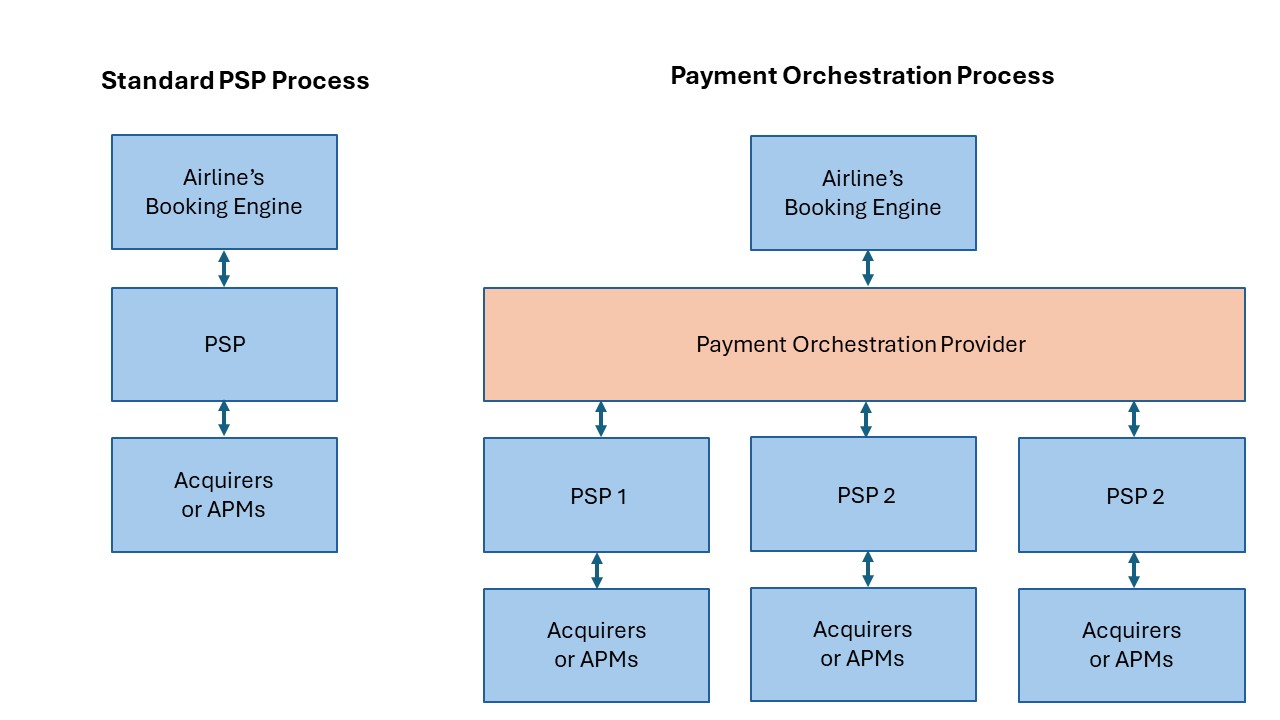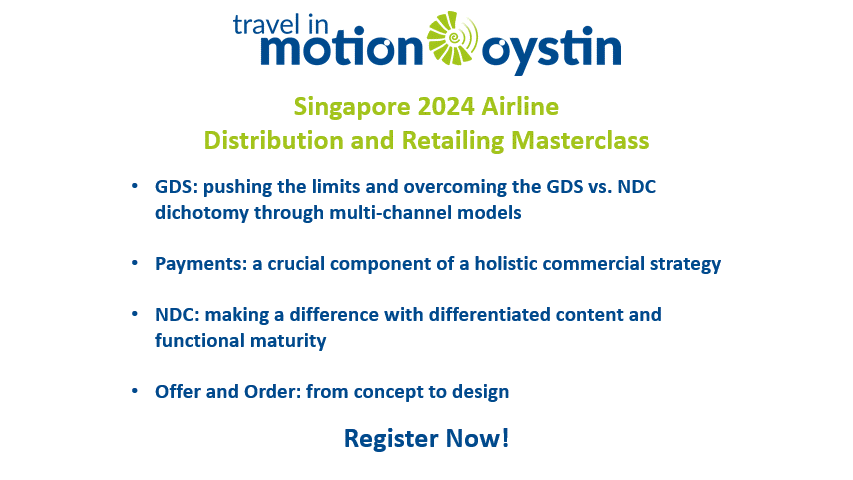Meet the Team
Personal interaction with our industry partners is key to how we work. This May will give us good opportunities to meet, discuss and catch up.
Daniel Friedli and Thibaud Rohmer will be at the Aviation Festival Americas in Miami on 15 and 16 May. Daniel will moderate the retail and payment track on the first day of the event. On the second day he will be on a fireside chat about airlines’ shift to retailing with Marc Rosenberg, the chair of the programme committee. Register now through this link for the Aviation Festival Americas and receive a discount of 40% quoting the discount code “INMOTION40”.
We will also be present at PROS Outperform from 20 till 22 May in Orlando, FL. Daniel Friedli will be on a fireside chat on 21 May discussing IT and tech implications of the shift to offer and order. If you are interested in attending, please register here.
Our engagement with IATA is key for our work and therefore Mona Kristensen and Jason Balluck will be representing Travel in Motion at the IATA Offers and Orders Forum in Geneva on 21 and 22 May.
Urs Kipfer will represent Travel in Motion and Oystin at the ATPS 2024 Airline and Travel Payment Summit in London (on 22 and 23 May), further focussing on our engagements in the airline payment sphere. If you are interested in attending, please register here.
Jason Balluck will be one of the chair persons of the Digital Travel Connect conference on May 23 and 24 in St. Albans, London, UK. He will run the sessions on day 2 of this international conference and moderate several panels with high profile representatives of Accor, Iberostar, TAP Air Portugal, Virgin Atlantic, Club Med, Edelweiss Air, easyJet and Melia Hotels. If you are interested in attending, please register here.
Boris Padovan will host the IT track “Technologies that are Shaping the Future” of the Southeast Europe Aviation Network on 29 May in Dubrovnik, Croatia. This conference focusses on the booming aviation region of South East Europe and Eurasia and is attended by numerous airlines, airports and other aviation affiliated companies. If you are interested in attending please register here.











